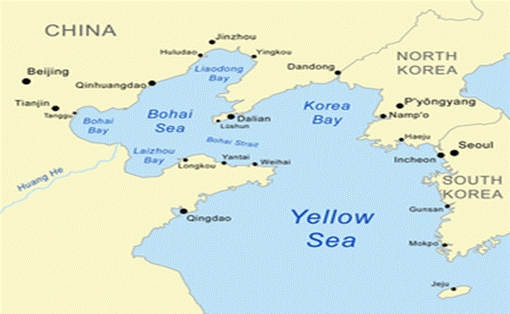





Disclaimer: Copyright infringement not intended.
Context
About the Yellow Sea
|
PRACTICE QUESTION What is the geographical significance of the Yellow Sea. Discuss. |







© 2025 iasgyan. All right reserved